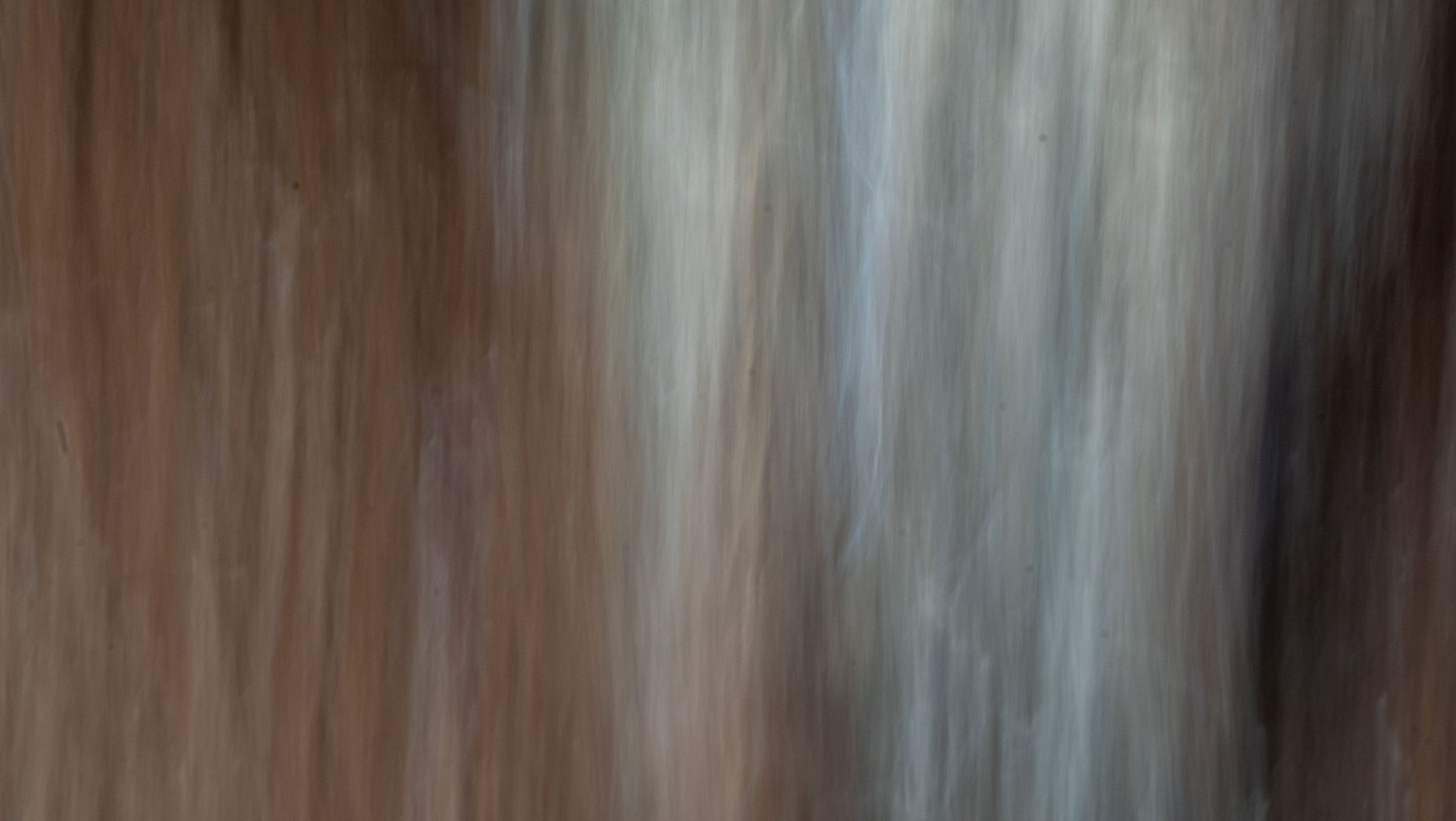Morgan Smith is an artist and educator living and working in Southwest Florida.
Artist Statement
I have always been a story-teller, and with my camera lens, I become a guide, a space-maker, and a subtle provocateur. I tell stories rooted within reality, using the language of cinema in both projected moving-image and still installation forms. Cinema immerses us in a place and time that is not our own. It is familiar, but not familiar enough to be written-off like a selfie or YouTube video: it serves to captivate our attention. Because of these qualities, cinema (and cinematic language) adds much to the contemporary art conversation. So, I prefer to situate my work within gallery or museum settings, where it can be in direct dialogue with other art mediums.
The language of cinema seeks to express reality from a unique view-point, depending upon the filmmaker’s style. My style draws from multiple film-historical references—especially the image-driven auteur style, the rawness and repetition of the French and Czech new waves, the unpredictable surrealism of the American avant garde, and the mystical poetics of the transcendental style. It stays consistent, though, in drawing upon the real, rather than the theatrical.
Always hand-held, my camera is an extension of my body, rather than my eye. My cinematography is marked by camera shakes, the rhythm of my breath, and intuitive movement, and this inserts me into the scene along with subject and viewer. With my body, I take the lens to places where eyes would not normally go to capture a sense of intimacy and expose the fragility of memory. Projection, whether as a mode of exhibition or platform for optic experimentation, functions for me as a material, a psychological metaphor, and a quiet revolt against the intrusiveness of screens.
My subject matter is the reality of the human experience: the mystery of life and death, the mundane as ritual, interpersonal intimacy, the fragility of memory, and the ever-present search for meaning and transcendence. Something interesting happens when we enter into the world of another human being who is as flawed, limited, and mundane as we are: we begin to see ourselves. Because reality is unpredictable, I allow for improvisation in the stories I tell, my creative process, and with the performers or subjects, to gain as much access to the heart of reality as I can. The works I create reflect my own, or my subjects’, personal processes of working through traumatic events, memories, dissociative experiences, and healing. Because of this, the viewer is led into a space of safe vulnerability, free to reflect and question for themselves.
I am a daughter of reality—raw, dirty, addicted, homeless, searching, loving, and hoping. The daughter of reality seeks to tell her mother’s story: the story of human experience, a template for questions left unasked, permission to ask such questions, and never an answer given. My latest works express both the interior and exterior realities of human experience in a poetic, reverent, and accessible way, focusing on symbolism and metaphor, rather than illustration. They are reflective of my own journey, but open for any viewer’s interpretation or self-reflective experience. I merely call them an “invitation to attention.”

